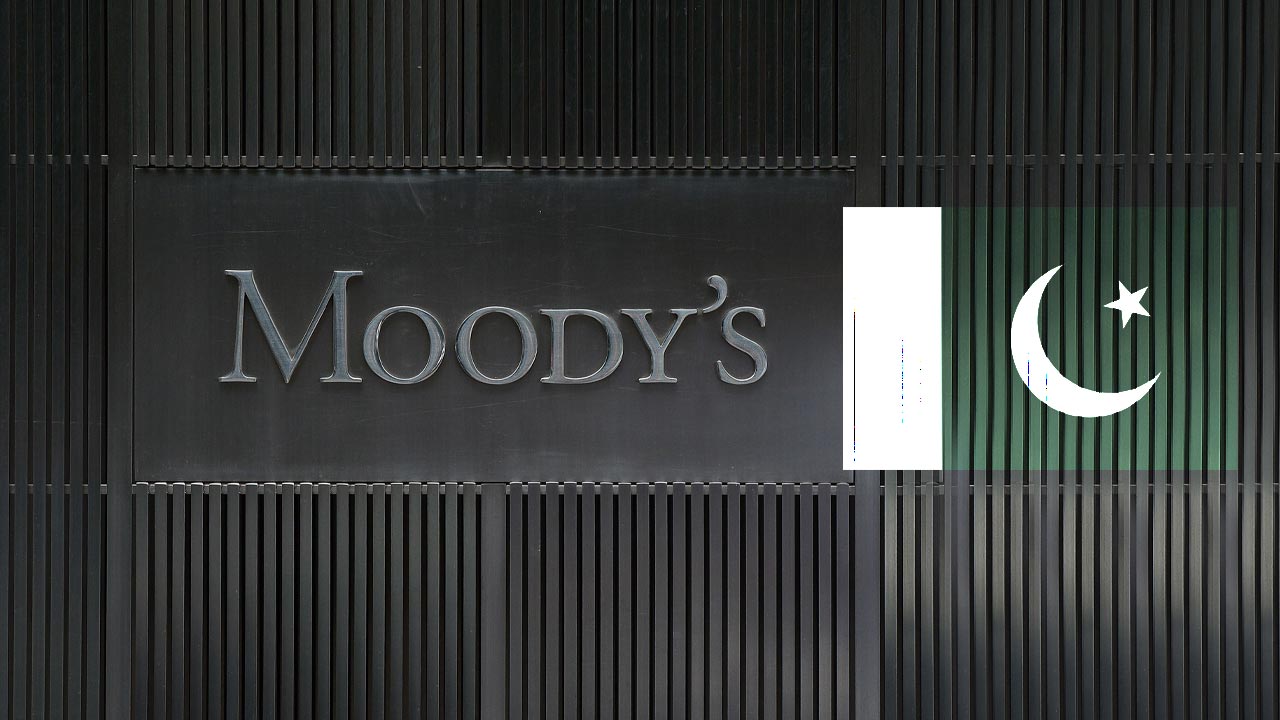On Thursday, Moody’s Investors Service (Moody’s) lowered Pakistan’s rating from stable to negative. It confirmed the Government of Pakistan’s B3 issuer and senior unsecured debt ratings in local and international currencies.
“The decision to change the outlook to negative is driven by Pakistan’s heightened external vulnerability risk and uncertainty around the sovereign’s ability to secure additional external financing to meet its needs,” read the statement.
This grade indicates that the entity is suffering financial instability or has insufficient cash reserves compared to its business needs, debt, or other financial obligations.
Rising inflation, which puts downward pressure on the current account, currency, and depleting foreign exchange reserves, has exacerbated Pakistan’s external vulnerability risk, according to the ratings agency, especially in the context of heightened political and social risk.
“Pakistan’s weak institutions and governance strength adds uncertainty around the future direction of macroeconomic policy, including whether the country will complete the current IMF Extended Fund Facility (EFF) programme and maintain a credible policy path that supports further financing,” it stated.
In a recent report, Brecorder reported, that despite the above-mentioned risks, Moody’s maintained a B3 rating, indicating that Pakistan will complete the seventh review under the IMF Extended Fund Facility (EFF) programme by the second part of this calendar year. “Additional financing from other bilateral and multilateral partners” will result as a result of this.
“In this case, Moody’s assesses that Pakistan will be able to close its financing gap for the next couple of years,” it said. On the back of rising global commodity prices, Moody’s forecasts Pakistan’s current account to continue under substantial strain through 2022 and 2023.
For fiscal 2022 (ending June 2022), Moody’s forecasts a current account deficit of 4.5-5 percent of GDP, somewhat higher than the government’s forecast. It anticipates the current account deficit to reduce to 3.5-4 percent of GDP in 2023 as global commodity prices steadily decrease and local demand moderates. Its expectations for fiscal 2022 and 2023 are higher than previous (early February 2022) projections of 4% and 3%, respectively.
Given Pakistan’s limited foreign exchange reserves, the country’s growing current account deficits highlight the need for further external finance.
Pakistan is now negotiating the sixth review of the EFF programme with the IMF.
“Conclusion of the seventh review, and further engagement with the IMF, will also help Pakistan secure financing from other bilateral and multilateral partners. In this scenario, Moody’s expects Pakistan to be able to fully meet its external obligations for the next couple of years.
“However, Moody’s assesses that the balance of risks is on the downside. An agreement with IMF could take longer than expected, as the government may find it difficult to reduce fuel and power subsidies given rising inflation.”
According to Moody’s, if Pakistan is unable to get additional funding before the end of the year, its foreign exchange reserves will continue to be depleted, raising the likelihood of a balance of payments crisis.
Pakistan’s foreign exchange reserves are currently less than $10.1 billion, posing a threat to the country’s balance of payments as rising oil costs and a ballooning import bill put pressure on the currency.
At the same time, increased political upheaval, including calls by Pakistan Tehreek-e-Insaf Chairman Imran Khan for early elections, and a delay in the IMF program’s reactivation have all contributed to the country’s economic troubles.
Moody’s Investors Service and B3 rating
Ratings are the indicators of the creditworthiness of the ratee. For “obligations considered speculative and exposed to significant credit risk,” Moody’s assigns a B3 grade. This grade indicates that the entity is suffering financial instability or has insufficient cash reserves compared to its business needs, debt, or other financial obligations.
The bond credit rating division of Moody’s Corporation is known as Moody’s Investors Service, or just Moody’s. It is the company’s traditional line of business and historical moniker. Moody’s Investors Service conducts global financial research on corporate and government bonds. The Big Three credit rating agencies are Moody’s, Standard & Poor’s, and Fitch Group. It’s also on the list of Fortune 500 companies to watch in 2021.
How Entities are Rated?
The organisation uses a standardised ratings scale to rate borrowers’ creditworthiness, which gauges potential investment loss in the case of default. Moody’s Investors Service assigns ratings to debt securities in a variety of bond markets. Government, municipal, and corporate bonds; managed investments such as money market funds and fixed-income funds; financial entities such as banks and non-bank finance firms; and structured finance asset classes are all examples. Securities are rated from Aaa to C in Moody’s Investors Service’s ratings system, with Aaa being the highest quality and C being the lowest.







